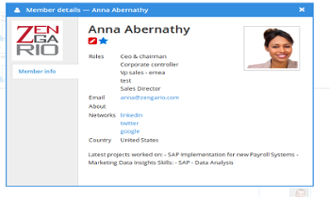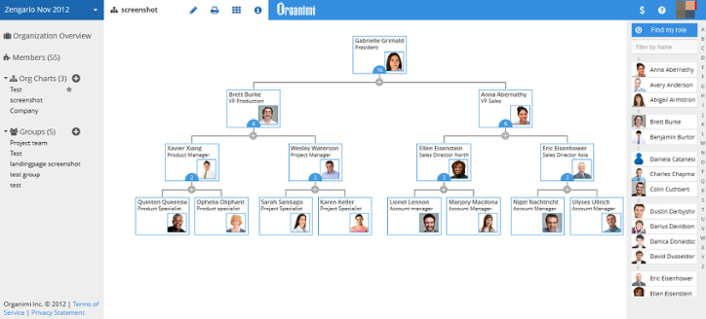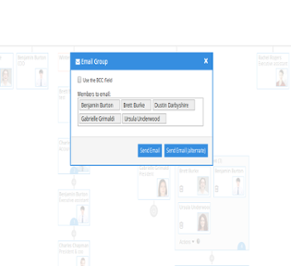It was 1854, a year when streets were lit by coal gas for the first time and the diaphragm speaker (the foundation for the first telephone) was theorized. This was the same year that the first organizational chart was used. Sure, organizational modeling has progressed since then with functional, divisional, and matrix structures coming into play. But one thing doesn’t seem to have changed: their static nature. While the way we do business has fundamentally changed and the technology we use day-to-day has drastically transformed, we still use simplistic tools to build these models. And what’s more, when the tediousness of organizational chart creation is complete, they’re often shoved in a drawer or stored in the hidden depths of the company intranet only to be retrieved in the next planning meeting where the whole process begins again.
Okay, maybe this is a slight exaggeration, but let’s face it – this is your organization! We’re talking people you’re supposed to be working with everyday to accomplish the greater goals of your company. And it’s the 21st century, a time when virtually all information is at your fingertips, cars can park themselves, and you’ll soon be able to communicate through your glasses.
It’s time for static organizational charts of the past to be updated to an interactive organizational chart tool. So how do you do that? With Organimi, of course. Organimi is not a static org chart drawing tool, it is an organizational modeling tool that lets you build a model of your organization that is dynamic, trivial to update and available to everyone in the organization. As a member of an organization you can interact with the platform in three main ways:
- Claim your place in the organization and update your own profileYou can share contact information, hard earned social profiles, and other relevant information about yourself – current projects, skills, and strengths, so that everyone can get to know you.

- Learn about who they’re working with and where they fit See an up-to-date view of who’s who and what they do with photos, names, and roles. Expand cards within the org chart to find out more about who you’re working with or who would be a good choice for the next big project team. No more need to avoid the lunchroom because you can’t remember people’s names … admit it … we’ve all done it.

- Communicate and collaborate with colleaguesCommunicate with your team and collaborate on projects all from within the Organimi platform. You can email your entire team or just your direct reports without having to constantly update email lists and collaborate on documents regardless of where members of your team are located.

So now you know: it is possible for your org chart to actually model your organization – not just the hierarchical layout, but how your company actually works day-to-day.
Hello, interactive org charts of 2013, it only took 159 years.
